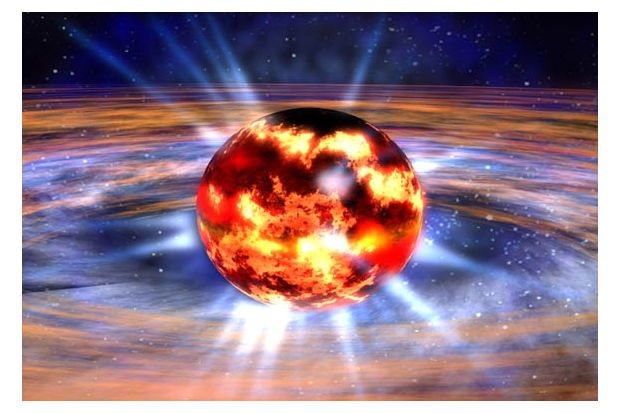| Authors | M. Ghazanfari Mojarrad and J. Ranjbar |
|---|---|
| Journal | Annals of Physics |
| Page number | 168048 |
| Volume number | 412 |
| IF | 2.267 |
| Paper Type | Full Paper |
| Published At | 2020 |
| Journal Grade | Scientific - research |
| Journal Type | Electronic |
| Journal Country | United States |
| Journal Index | JCR |
Abstract
The equation of state (EOS) of hybrid neutron star (HNS) matter is investigated within a model where the phase transition from non-strange baryonic matter to quark matter is described with the help of the Gibbs construction. We use the Myers and Swiatecki (MS) interactions of TF(96) and TF(90) to extract the EOS of β-stable nuclear matter from the Thomas–Fermi (TF) approximation in a semi-classical mean-field (MF) model. The EOS of the deconfined quark phase is obtained from the Nambu– Jona–Lasinio (NJL) model. In studying the EOS of HNS matter, we take into account the two-solar-mass constraint placed by the measurement of the masses of pulsars PSR J1614−2230, PSR J0348+ 0432 and PSR J0740+6620. We find that the vector coupling of the NJL model has a strong influence on the formation of the stable HNSs. Our results show that the pure quark phase does not exist in the inner core of HNSs. As the repulsion in the quark matter EOS becomes stronger, the stable configurations of an HNS are formed at lower values of the stellar radius. The quark phase with larger repulsive vector interaction indicates smaller mixed phase region in the inner core of the same-mass HNSs. In addition, the stable HNSs occur at larger radii for the configurations constructed using the stiffer one of the two baryonic EOSs we considered [TF(90)].

